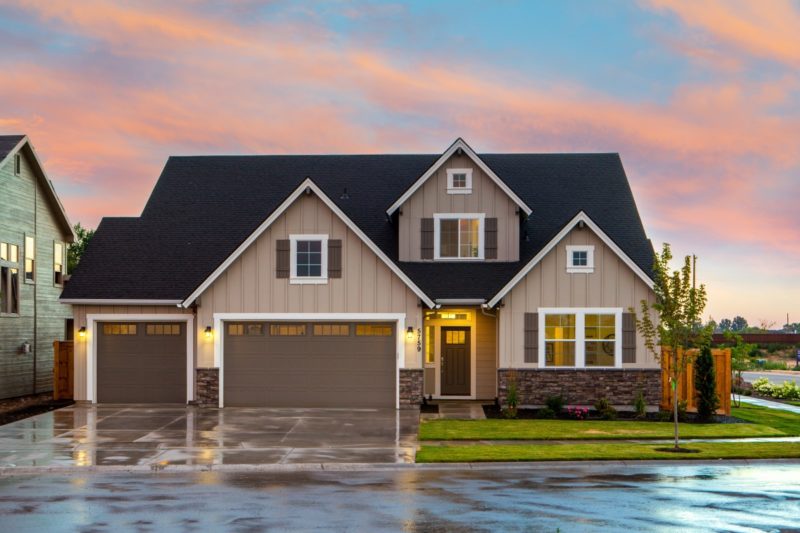Today, we will discuss how to convert a natural gas garage heater to propane. In six easy steps, you can! Don’t worry; these steps can be executed with a breeze, so you can do it yourself.
It can happen at the time when you want to change your fuel appliance into something else since the underused fuel in your place become unavailable.
You should be aware that not all garage heaters can support a natural gas to propane conversion. To make this work, you need to have the right and sufficient knowledge. The furnace should be modified using the appropriate conversion kit. Read more as we will teach you how to do it.
Possible Reasons For Conversion
Aside from what we discussed earlier, there could be other reasons you would want to convert the fuel source of your garage heater. It could be one of the following reasons:
- There are various propane providers, whereas natural gas can only be sourced from a specific company of the pipeline you use.
- Event propane gas unit contains two times the energy provided by every natural gas unit. As such, the production rate of propane fuel energy is better than natural gas.
- The availability of propane is greater than propane to some localities.
Steps To Convert A Natural Gas Garage Heater To Propane
The conversion is divided into two parts. The first is modifying the furnace, and the other one is for the gas connections. Just follow the steps below on how to convert a natural gas garage heater to propane, and you will be good to go.
Step #1. Remove the connections
Remove the gas supply valve and remove the tube connecting it to the furnace. Once done, open the furnace door and detach it by removing the screws. Remove every electrical connection towards the appliance as well.
Step #2. Detaching the wires
For the second step, you need to detach the wires of its flame sensor attaching to your control valve. Its rollout switch should also be removed. Then, access the control valve of the gas by taking out the pipe. The pressure regulator screws and their adjustment screws should then be removed.
Step #3. Replace
Look at your control valve. There are springs in there. You need to detach and replace them. Put the new on using screws to cover the control valve surface.
Step #4. Reattach
At this time, you need to place your new ring inside the adjustment lid that you can find in your conversion kit. Then, remove the screws keeping the shield intact, and put the screw in the kit into the burner you removed. Screw them in place. Replace the burner assembly and air shield before reattaching the piper into your burner. After that, reconnect each wire onto the control valve. Also, reattach the other part onto the furnace and close its door.
Step #5. Gas connection
This is an essential step. You need to connect the propane supply onto the supply line. Then, install a shutoff valve that you can manually operate. It should have a testing gauge hinged to it. After that, connect the gas supply towards the furnace. Ensure to seal it properly afterward to ensure that there will be no leakage. Now, turn off the gauge, and the inlet pressure cap should be detached. Next, you need to install an NPT to accommodate the pressure gauge attachment. Turn the gauge on and start your new gas supply. You can then start your furnace and check its pressure.
Step #6. Check for leaks
Make sure that there are not as leaks. Use the forming solution to test. If bubbles appear, then leakage is present. Otherwise, your propane gas connection is complete.
Natural Gas VS Propane Heater
At first glance, a propane heater is costly. But given that the rate of its fuel consumption is lower makes this a more efficient choice. Plus, the energy produced by every propane unit is greater than natural gas. But many people are using a natural gas heater since it is available at a lower price. But in terms of the environmental issues between the two, propane is more toxic for leakage. But ensuring that the pipelines are correctly sealed, a propane heater would be a better choice due to its capacity to provide much energy. This can be used in other appliances, including clothes dryers and stoves.
FAQs
Here are the answers to your questions:
#1. Which is safer, propane or natural gas?
Since natural gas is dissipating into the atmosphere, it is a safer option when there is a leakage.
#2. How to know if conversion is possible with my heater?
Each heater has a license label telling you whether or not you can convert it for other fuel usages. That is because not all heaters can facilitate fuel conversion.
#3. Is it safe to convert the fuel usage of a heater?
Yes, it is safe if the heater supports conversion and all the connections correctly. Natural gas can be safely converted to propane use and vice versa.
It’s A Wrap!
For whatever your reason for the conversion, ensure to follow the steps and safety procedures on how to convert a natural gas garage heater to propane to avoid leakages or any other hazards.
Click on these links to read related articles; know what is the best garage heater and how much does it cost to run a gas garage heater.

